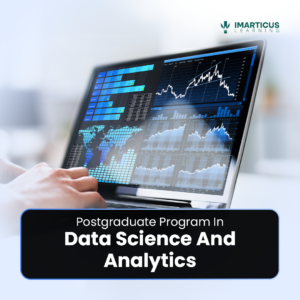For any individual to become successfully certified in the above-mentioned certification, there are quite a number of things they need to be proficient at.
These are:
- Being able to generate descriptive statistics and knowing how to explore data with graphs.
- Being able to perform analysis of variance, linear regression and so on.
- Being able to score new data with the help of developed methods and having an expertise in the process of fitting a logistical regression model.
Apart from these, SAS programming is a prerogative for the candidate to be extremely strong in the fields of both mathematics and statistics. The beginning of anything must be punctuated with proper research about the same. Similarly, before starting off on your journey to gain this certification, it is important to have a proper in-depth understanding of all the statistical concepts and also hone your modelling skills.
Once you’ve cemented your base, there are quite a number of way you could opt for.
- You could always get hired by a company which has a policy of on job training of their employees. Not every company believes in training their recruits from scratch mainly because it is not really the prerogative. But there are some companies who make extensive use of data analytics in their daily activities. Such companies are willing to invest in training their employees quite thoroughly.
- Get this certification in the most formal way there is. Through joining a professional training course. This way you will be able to get the required technical skills and help in structuring your overall personality in a way where it would get you closer. There are many institutes today like one Imarticus Learning which actually has a series of courses called Prodegree course, which train you thoroughly enough for you to become eligible to achieve the Statistical Business Certification.
- Enrolling yourself for internships by far is one of the best ways touted by many professionals. This is mainly because it’s the first instance where you are able to get all the first-hand experience that you need in the future as well as when you will be looking to actually make this your proper career.
- Networking is one thing that works best too. Mainly because you get to interact with people who actually have either gotten the certification or pursuing it. This makes it very important as they are able to provide you with insights and tips that you would not have been aware of if you want through this path alone.
- One very important thing to do is read, read and keep on reading. There are many books available both offline as well as online. Apart from that, there are books specific to your syllabus topics which would help as well.
Of these ways, it is believed that the best way would always be to take up a course which gets you closer to the certification. Which is why institutes like Imarticus Learning have actually become quite popular recently.


 Topics in other words are, “a pattern of co-occuring terms in a corpus, which keeps repeating itself”. For instance
Topics in other words are, “a pattern of co-occuring terms in a corpus, which keeps repeating itself”. For instance